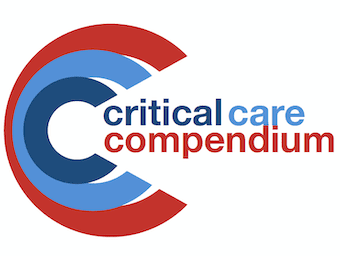
Cryptococcosis
Cryptococcosis is a fungal infection caused by two different yeast species, that usually manifests as meningitis or pneumonia; cryptococcus neoformans meningitis is an AIDS defining illness
The LITFL Critical Care Compendium is a comprehensive collection of pages concisely covering the core topics and controversies of critical care.

Cryptococcosis is a fungal infection caused by two different yeast species, that usually manifests as meningitis or pneumonia; cryptococcus neoformans meningitis is an AIDS defining illness

DEFINITIONS Bacteria = single celled prokaryotic organism. Eukaryote = organism that possess a cell nucleus and other organelles. Fungi = eukaryotic organisms that absorb their food from other living or dead organisms. Parasite = an organism that grows, feeds, and…

Ebola virus is an extremely infectious and highly pathogenic virus of primates that causes Ebola virus disease; the term Ebola haemorrhagic fever is no longer used by WHO as haemorrhage is not a consistent feature of the disease; the first cases were identified in 1976 in the Congo (near the Ebola River) and in Sudan

Handwashing in ICU: nosocomial infection associated with -> increased health costs -> increased morbidity and mortality

Hand hygiene is endorsed by the WHO as the single most important element of strategies to preventing healthcare associated infection (HAI). It is the responsibility of every healthcare worker

Healthcare associated infections (HAIs) are infections acquired in healthcare facilities and infections that occur as a result of healthcare interventions, which may manifest after people leave the healthcare facility

OVERVIEW HIV = retrovirus infection -> infection of T-helper lymphocytes (CD4+) and progressively destroys them -> immunosuppression 40 million patients in the world 2 types: HIV 1 and HIV 2 (West Africa) modes of transmission: sexual intercourse, mother to child…

Infectious Diseases Literature Summaries

OVERVIEW caused by influenza A and B viruses CLINICAL FEATURES fever (>38 C)+/- one systemic symptoms (myalgia)+/- one respiratory symptoms-> 70% chance of having influenza INVESTIGATIONS nasopharyneal viral swab MANAGEMENT Active Treatment neuraminidase inhibitors are of no benefit unless started…

Liver Failure Definitions and Scoring Systems

Gastrointestinal Literature Summaries

Coagulopathy in Liver Dysfunction; defined as INR >1.5 due to liver dysfunction; patients are not 'auto-anticoagulated' - they are often in a procoagulant state!